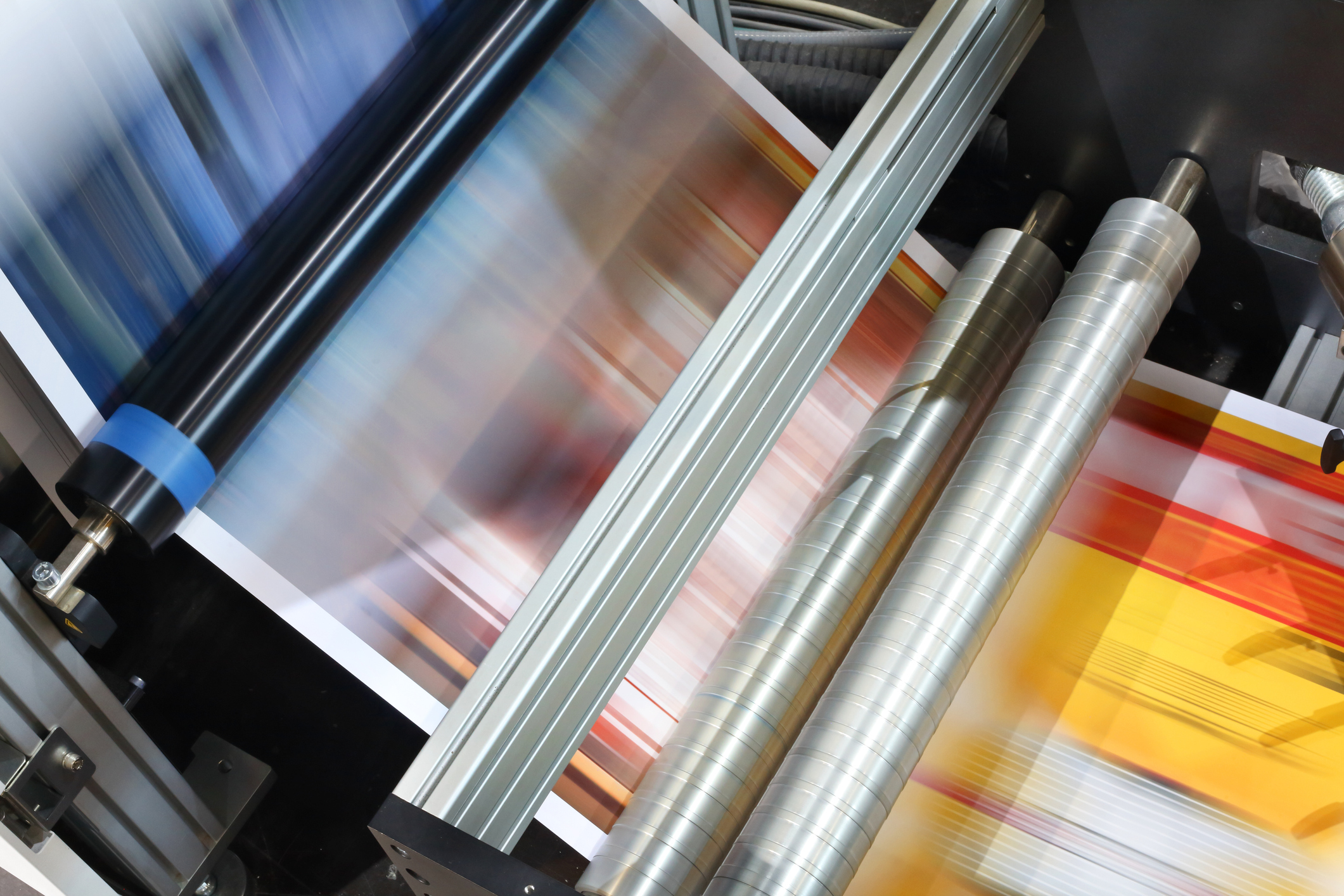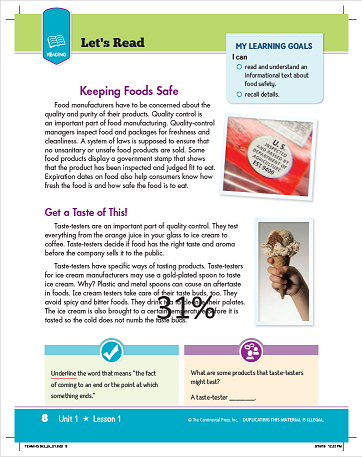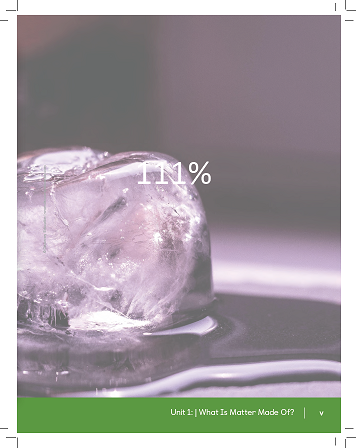
Ink coverage is a term used in printing to convey how much ink is on a given sheet of paper and it can range from 0% to 400% (100% for each color).
Heavy ink coverage is becoming a hot topic between printers and publishers alike. As the market shifts from text-heavy with small photos to picture-heavy with full sheet coverage, there are some considerations that need to be made while designing your products.



What to Consider While Designing Your Books
- Cost: Having more coverage will equate to using more ink for your products. The more ink that is used, the higher the pricing will be.
- Speed: The manufacturing process is likely to take longer as more ink will need more time to dry before moving on to finishing otherwise the coverage can cause wavy pages.
- Finishing: More ink coverage is likely to need additional finishing such as varnish or possibly film lamination to prevent scuffing and potential spine cracking.
- Vendor's standards: While the industry standard for heavy ink coverage is typically around 25% and above, your supplier may have different definitions of what constitutes heavy coverage based on their equipment as it may vary between digital and offset printing processes.
If you are uncertain if your designs fall into the heavy ink coverage category, ask your supplier to run their pre-flighting software with your files which will allow them to determine what percentages your books are and how it may impact the pricing, manufacturing, and the finished product.

